Benchmark: Multi client with high bandwidth and Dual Band
Someone is downloading a large file on his laptop. What happens to the bandwidth available to your device?
To simulate that scenario we will load the Wi-Fi network with a 125 Mbps uplink client trying to download data as fast as possible. This means it will try to pull 90 Mbps. It is placed at a range of about 5 meters from the Wi-Fi Router. Obviously 90 Mbps is a lot, Netflix uses only 16 Mbps, but keep in mind that this speed will not be sustained during testing. It is a great way to detect differences in multi-client performance.
Close range test
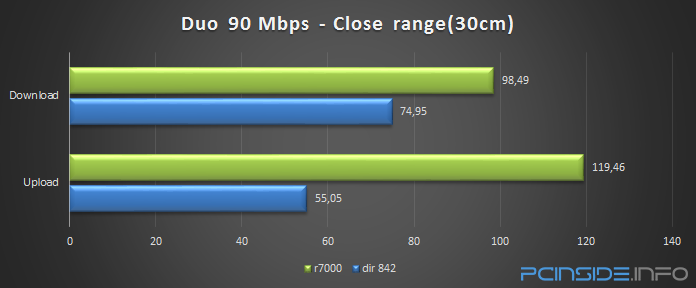
Wi-Fi does not like multiple high-bandwidth streams. The Dir-842 is no exception, performance drops by 70% when we add the second device on 5 Ghz. Although the speeds aren’t great they are still superior to a 2.4 Ghz device.
Medium range
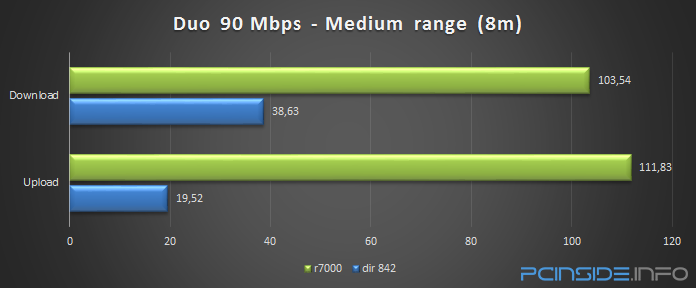
At medium range things become more troublesome. The upload speed gets limited to 19 Mbps, which is a lot less then you would get on 2.4 Ghz. Clearly the Dir-842 is not suitable for multiple high bandwidth streams. An area where the more expensive R7000 seems to excel.
Concrete floor
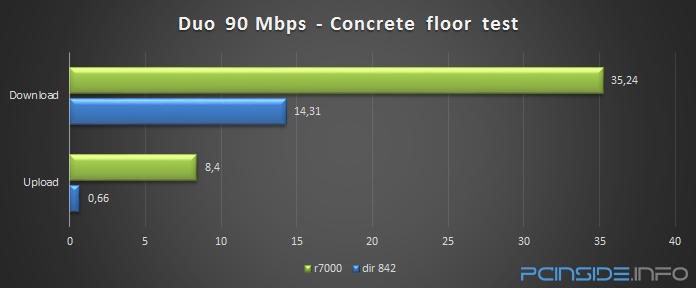
We already knew the concrete floor results weren’t great. But when we keep the Dir-842 busy the 5 Ghz performance becomes completely unacceptable. To be fair; the R7000 also does not like this test and it drops to performance well below 2.4 Ghz Wi-Fi.
Dual band Performance
The Duo concrete test went pretty bad for all tested devices. But what about 2.4 Ghz? After all we are reviewing a dual band device. So in theory we could have great 2.4 Ghz performance, even when 5 Ghz is congested.
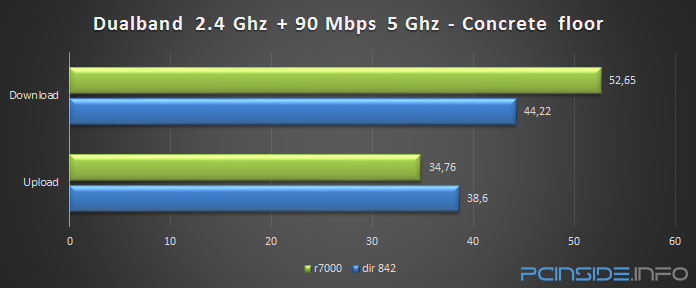
The 2.4 Ghz performance is great even though the Dir-842 is busy pumping 90 Mbps on 5 Ghz.
Benchmark Summary
These tests show that the DIR-842 can only deal with a single high bandwidth consuming client on 5 Ghz. However, the dual band test demonstrates that this downside can be overcome by using 2.4 Ghz.






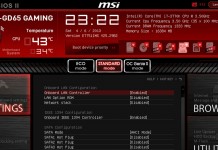


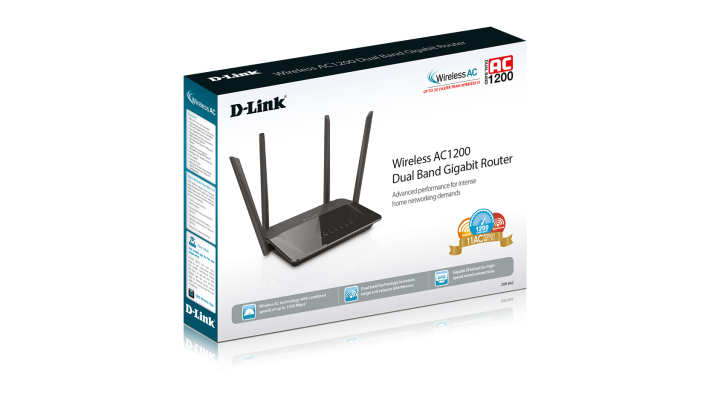

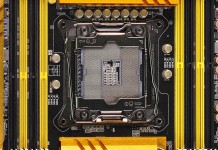

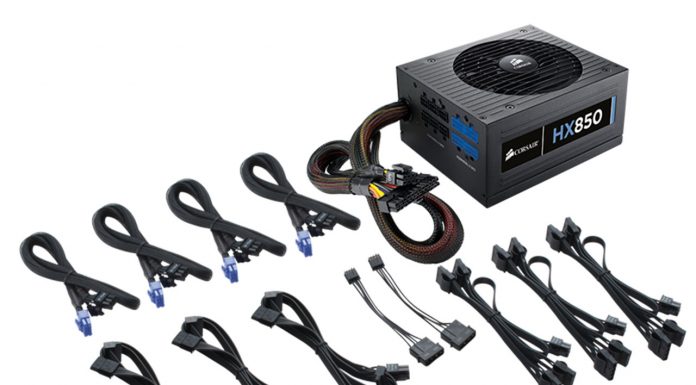





Comments: